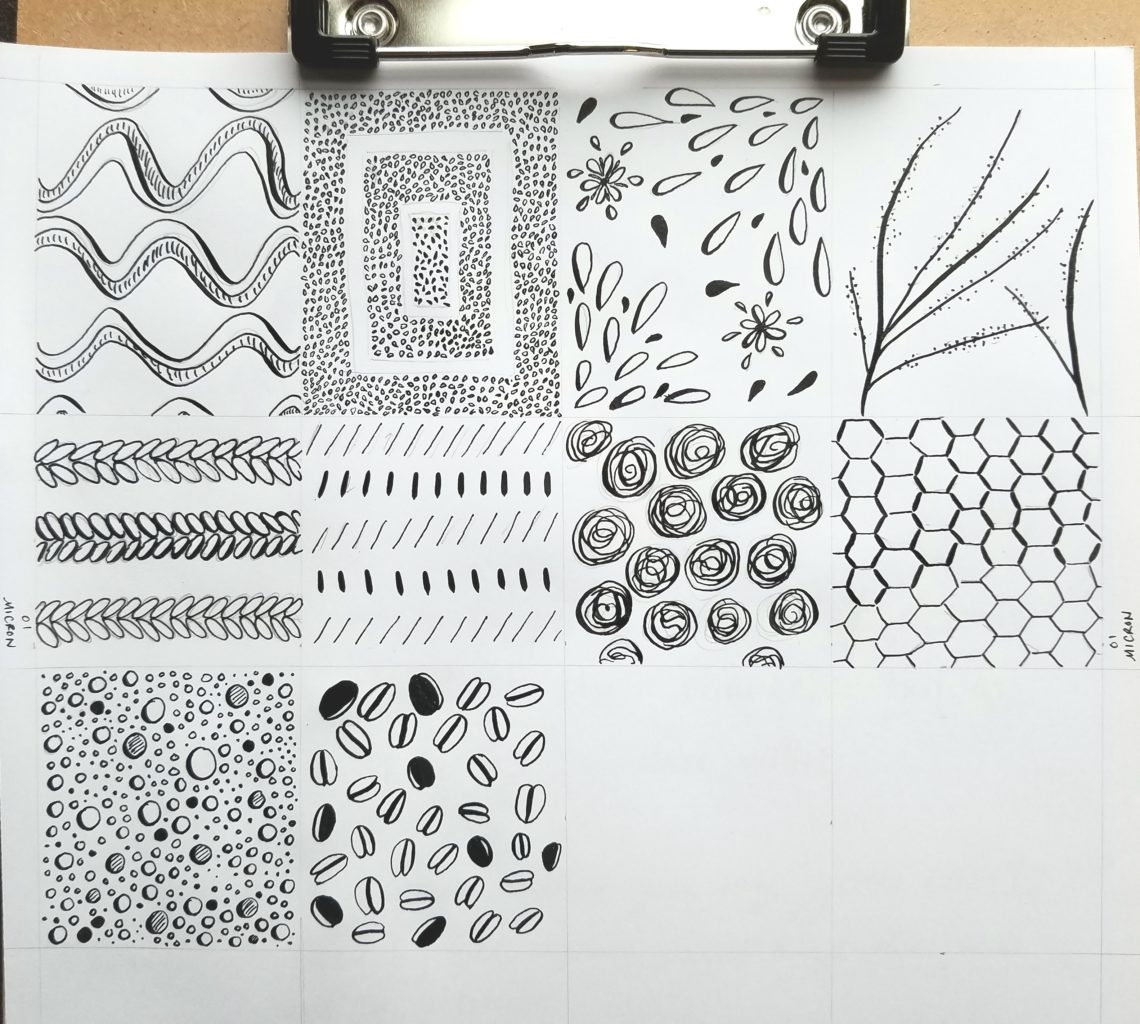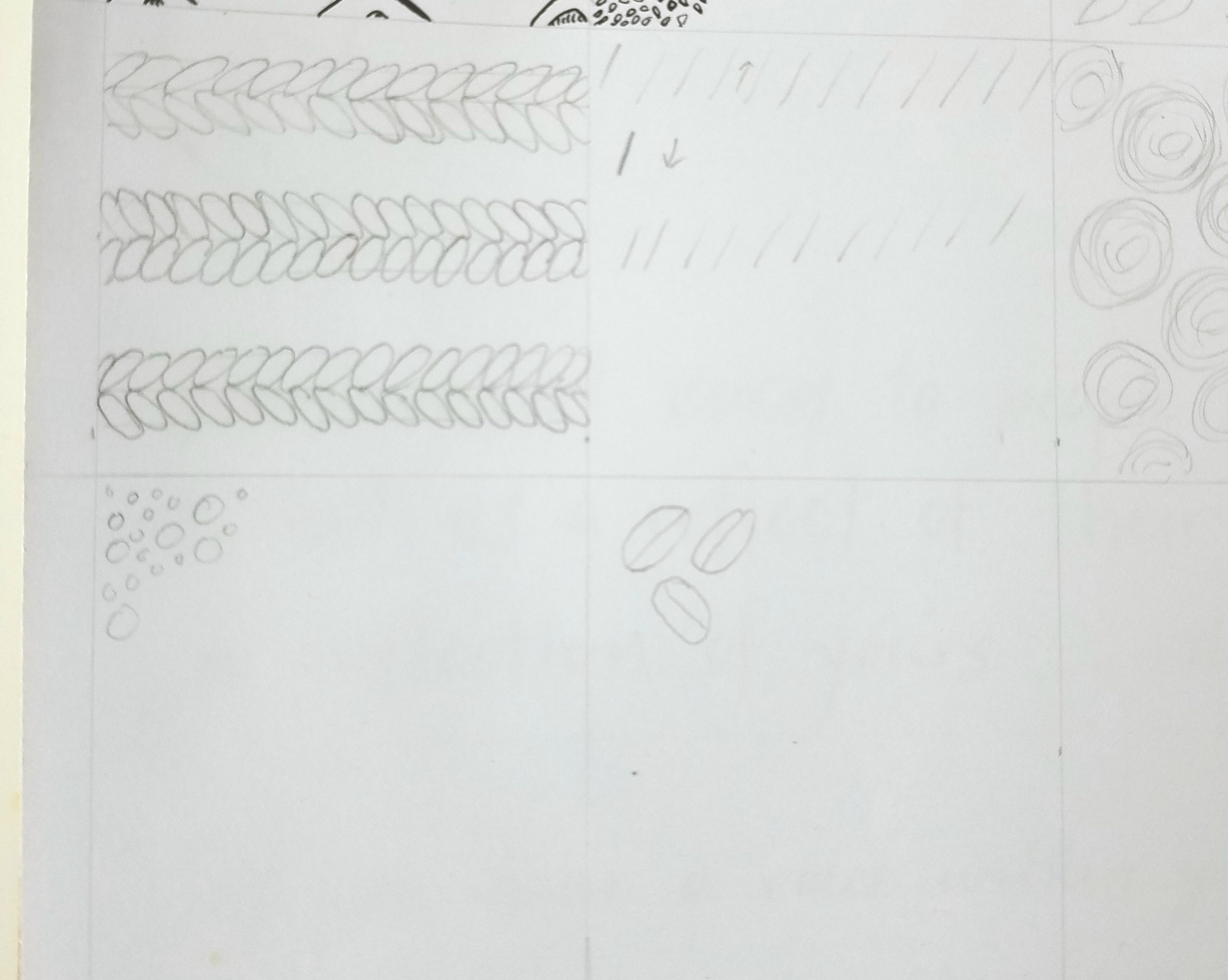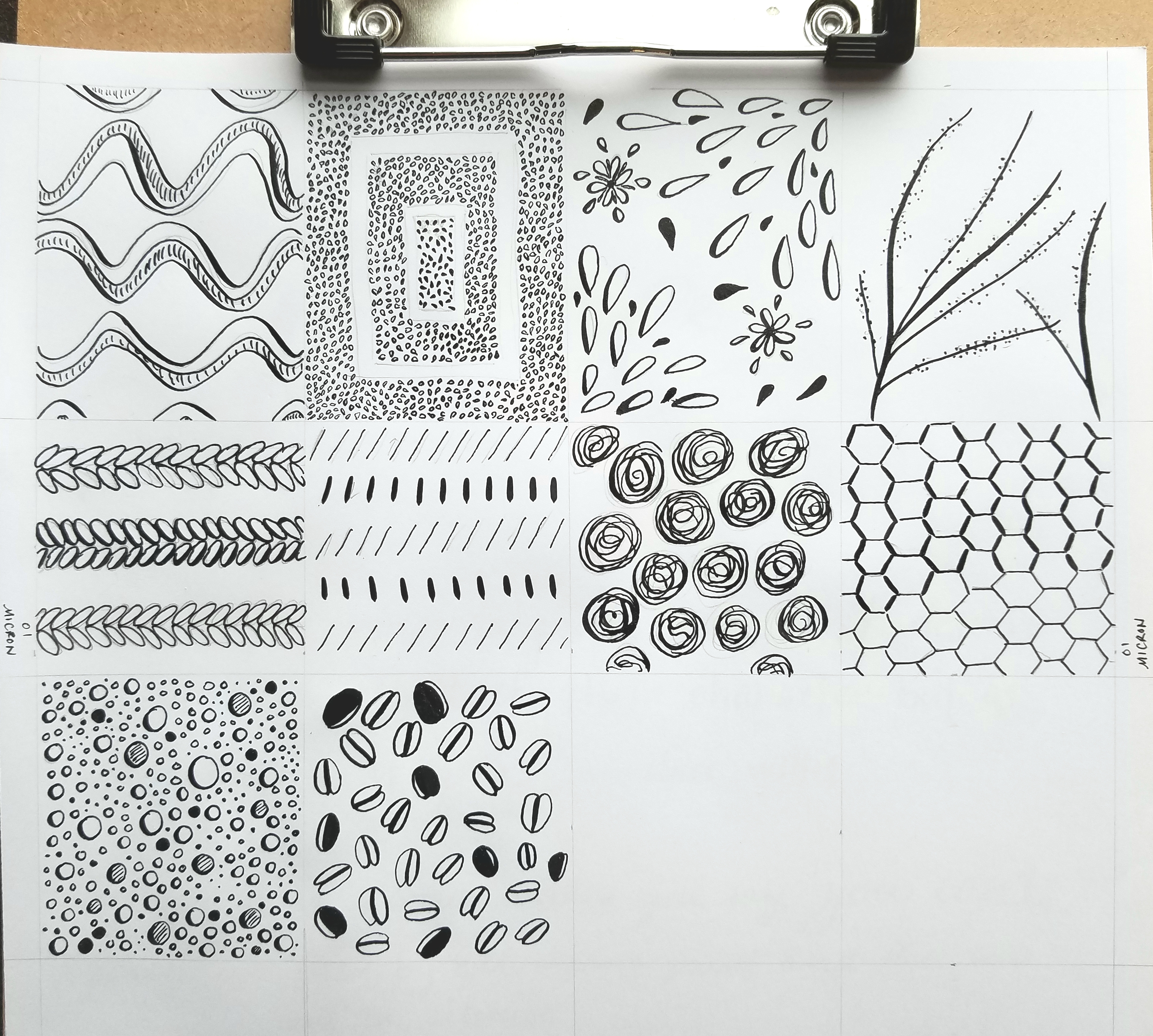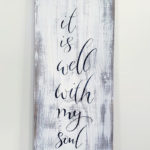
In the Details
It’s all in the details.
Seriously.
So many things are overlooked with the details.
- Sizes
- Shapes
- Patterns
- Colors
- Textures
- Close up and far away differences
- Combinations of the above and more
Do you know what’s ironic about details?
I tend to breeze past details for the bigger picture.
- I see recipes as guidelines for the meal instead of individual amounts and I love to throw all kinds of things into my cooking (I guess it helps that I usually come out smelling like roses here. If I botched every meal, I’d probably stop experimenting because I like yum better than yuck.)
- I look for the bigger picture in conversation too. If someone starts a conversation with a lot of details, I find myself struggling to follow along. The whole time I wonder where we’re going with the story.
- When on a hike, I see the trees of the forest before I look for the trillium on the forest floor.
- And I’ve been known to drive past people I know while focusing where I’m going.
But details are important. They add character and depth … to people, to stories, to nature, to art.
Think about it. What are some of the things you admire about your close friends and family? It’s in the details that we’re different. And the details make a whole. A whole picture, a whole story, a whole person.
Maybe I could explore life better if I looked at it like one of those hidden picture books, trying to find the little things tucked inside the bigger picture. Finding the little pieces and not just the whole.
So what if … instead of rushing through life, we slowed down and looked at life? Really looked at it. Not just in passing. Not just distracted with our to-do list. What would we see?
Last week, I told you to do just that. Slow down. Gather pictures of patterns, shapes, colors, etc. that you notice in your day. Keep gathering. It’s a great way to get yourself curious. And curiosity breeds great things for your imagination and creativity.
This week, I want you to use those pictures. We’ll take it step by step, so I just want to you to stick to sketching and inking this week.
The project?
- Take one sheet of paper and divide it into parts. (I find that I can stay focused on a smaller part better than looking at the whole page at one time.) Each of these parts can then become a design or pattern.

- Look at the pictures you gathered. If you didn’t gather pictures, just take a walk around your room and look for some. The details I used didn’t come from actual pictures. I took the walk for some and thought up the rest (I took the pictures shown below later).
Here are a few things that I found around the house:
- Pick one picture and look at it closely. Take your time and try to pick out something you like. Something simple. Designs don’t have to be complicated and they don’t have to be perfect.
- Sketch what you see in pencil.
If you are comfortable using ink only, skip this step. If you need pencil to help you feel more comfortable with the ink, that’s fine too. In fact, you’ll get more practice training those muscles for drawing that way because you’ll actually do the project twice. Finger and hand muscles need to work out just like leg and arm muscles.
I tend to do a little of both. I work a design in pencil when I’m not sure how I want it to look. The drawing gives me a feel for the lines and movement and it warms up my muscles. If I’m doing repetitive drawing, I may warm up in pencil, drawing only some of the details, and finish it with ink. At that point, I’m confident in my ability to create the look I want without the pencil lines.

- Then ink your patterns. Though you can use whatever color of ink you want to, for this exercise, I suggest using black ink. I want you to see patterns at their most basic level. Try to find waterproof ink. (Then, it will be easier if you add color to these designs later.) I used sumi ink and a dip pen, but a micron pen works well too. It just doesn’t vary the line thickness much. On a couple of the examples, I worked half of the design with a micron pen. Those areas are labeled so you can see the difference.
Use what you have even if it’s a sharpie.
If you’d like some samples or ideas, here are a few of my designs:

As you train your brain to notice the details, watch to see how many more little things you notice throughout your day.
- Maybe you’ll see the tiny leaf buds starting to appear on the ends of each branch showing spring is on the way.
- Maybe you’ll hear the tone change in a voice and wonder what caused it.
- Maybe you’ll notice how many colors blend to make a typical sunset? Or if there is a typical sunset.
- Maybe you’ll discover things that you usually only saw as a whole. Do you know how perfect honeycomb is (my husband keeps bees, so I’ve seen them close up)? Can you see the differences of bark on various trees? Have you seen pictures of individual snowflakes? What about freckles? Not just circles!
Take a few moments to notice.
Go ahead! Write it. Draw it. Dance it. Dream it.
Joanne
(I’d love to see your work! Just tag me on Instagram @joanneegroff #patchesofordinary. Then I can see your work too.)
And … next week, we’ll start with some color.


